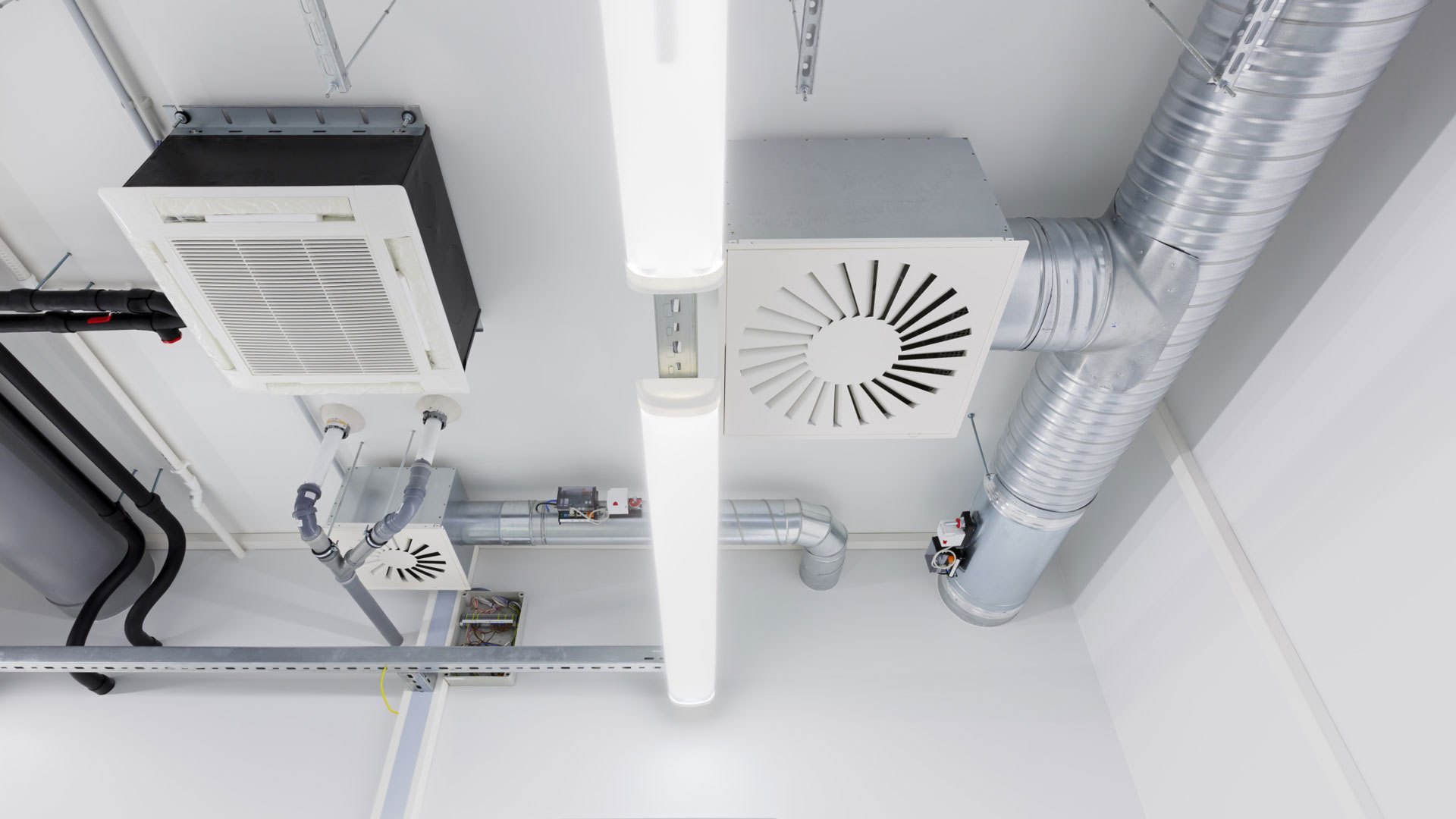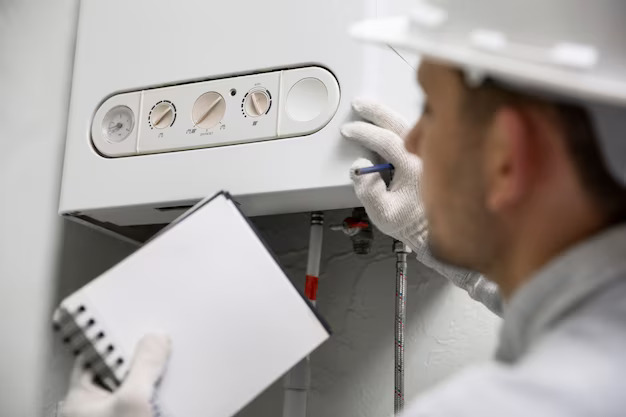Installing an air conditioner might seem like a straightforward task, but ensuring it’s done correctly is crucial for optimal performance. Whether you’re tackling this as a DIY project or hiring a professional, the process involves several essential steps. Let’s delve into the detailed guide on how to install an air conditioner correctly to keep your home or workplace cool throughout the summer.
Introduction
Importance of proper air conditioner installation
Installing an air conditioner is more than just plugging it in. Proper air conditioner installation in Perth ensures efficient cooling, longevity of the unit and energy savings. It’s an investment that pays off in comfort and cost-effectiveness.
Impact on home and workplace comfort
A well-installed air conditioner creates a comfortable environment, fostering productivity in workplaces and relaxation at home. Improper installation, on the other hand, can lead to increased energy bills, reduced cooling efficiency, and frequent breakdowns.
Selecting the Right Air Conditioner
Understanding the space
Before installation, assess the size and layout of the space. This helps determine the cooling capacity required for the air conditioner, ensuring it’s neither underpowered nor oversized.
Choosing the appropriate cooling capacity
Selecting the right cooling capacity is crucial for efficiency. An undersized unit will struggle to cool the space, while an oversized one may cycle on and off too frequently, affecting its lifespan.
Energy efficiency considerations
Opt for energy-efficient models. They not only contribute to environmental conservation but also result in long-term cost savings on energy bills.
Essential Tools and Materials
Checklist for installation
Create a checklist of tools and materials required for the installation process. This includes brackets, screws, insulation, refrigerant lines, and electrical components.
Safety precautions
Prioritize safety by wearing protective gear and following safety guidelines. Turn off the power before starting the installation to avoid electrical accidents.
Pre-Installation Steps
Selecting an ideal location
Choose a location for the indoor unit that allows for optimal airflow and distribution of cool air. Consider factors such as furniture placement and potential obstructions.
Proper insulation and sealing
Insulate the space properly to prevent cool air from escaping and warm air from entering. Seal any gaps or leaks to maximize the efficiency of the air conditioner.
Electrical requirements
Ensure the electrical system can support the new air conditioner. If in doubt, consult an electrician to make necessary upgrades.
Installation Process
Mounting the indoor unit
Follow the manufacturer’s instructions for mounting the indoor unit securely on the wall. Consider the unit’s weight and dimensions during installation.
Installing the outdoor unit
Place the outdoor unit on a stable surface, ensuring proper ventilation. Secure it with brackets and maintain clear space around the unit for efficient heat dissipation.
Connecting the refrigerant lines
Carefully connect the refrigerant lines, following the specified guidelines. Use appropriate insulation to prevent energy loss.
Electrical Wiring
Connecting power supply
Hire a licensed electrician to connect the air conditioner to the power supply. Ensure all wiring is secure and follows local electrical codes.
Verifying electrical connections
Double-check all electrical connections to avoid any potential hazards. A thorough inspection is crucial for safety and proper functionality.
Testing and Calibration
System functionality check
Turn on the air conditioner and test its functionality. Ensure all modes, settings, and controls work as intended.
Adjusting settings for optimal performance
Fine-tune the settings for maximum efficiency. Proper calibration ensures the unit operates at peak performance, delivering consistent cooling.
Maintenance Tips
Regular cleaning and filter replacement
Schedule regular maintenance, including cleaning the filters and replacing them as recommended. Clean filters ensure optimal airflow and prevent strain on the unit.
Professional maintenance recommendations
Consider professional maintenance at least once a year. Trained technicians can identify and address potential issues before they escalate, prolonging the life of your air conditioner.
Troubleshooting Common Issues
Identifying problems
Familiarize yourself with common air conditioner issues. From unusual sounds to insufficient cooling, being able to identify problems allows for prompt resolution.
DIY fixes and when to call a professional
Learn basic troubleshooting steps for minor issues. However, know when to call a professional for complex problems to avoid causing further damage.
Energy Efficiency and Cost Savings
Importance of proper installation for efficiency
Proper installation significantly contributes to the energy efficiency of the air conditioner. This not only benefits the environment but also translates to lower energy bills for the user.
Long-term financial benefits
View air conditioner installation as a long-term investment. While the initial costs may seem significant, the efficiency and durability of a well-installed unit result in substantial financial savings over time.
Environmental Impact
Choosing eco-friendly options
Consider environmentally friendly air conditioners that use refrigerants with lower global warming potential. Make a conscious choice to reduce your carbon footprint.
Responsible disposal of old units
When upgrading, dispose of old units responsibly. Many manufacturers and retailers offer recycling programs to minimize environmental impact.
Upgrading Your Air Conditioner
Signs it’s time for an upgrade
Recognize signs such as frequent breakdowns, inefficient cooling, or outdated technology. Upgrading to a newer model can enhance comfort and energy efficiency.
Selecting a new unit based on changing needs
Assess how your needs have evolved. Factors like increased space, changes in usage patterns, or advancements in technology may influence the choice of a new air conditioner.
Common Myths About Air Conditioner Installation
Debunking misconceptions
Address common myths to ensure accurate information. Dispelling misconceptions leads to better decision-making during the installation process.
Ensuring accurate information for installation
Rely on reputable sources and expert advice when gathering information about air conditioner installation. Accurate information is crucial for a successful installation.
User Reviews and Experiences
Sharing success stories
Hear from individuals who successfully installed their air conditioners. Real-life experiences can provide valuable insights and tips for a smoother installation process.
Learning from challenges and mistakes
Understand challenges others faced and learn from their mistakes. This knowledge helps avoid common pitfalls during your own installation.
Conclusion
Recap of key points
Proper air conditioner installation is essential for comfort, efficiency, and cost savings. From selecting the right unit to following installation steps diligently, each aspect contributes to a successful cooling system.
Encouraging proper installation for a cool and comfortable space
Share the importance of correct installation with friends and family. A well-installed air conditioner not only keeps the environment cool but also ensures a long and trouble-free lifespan.





